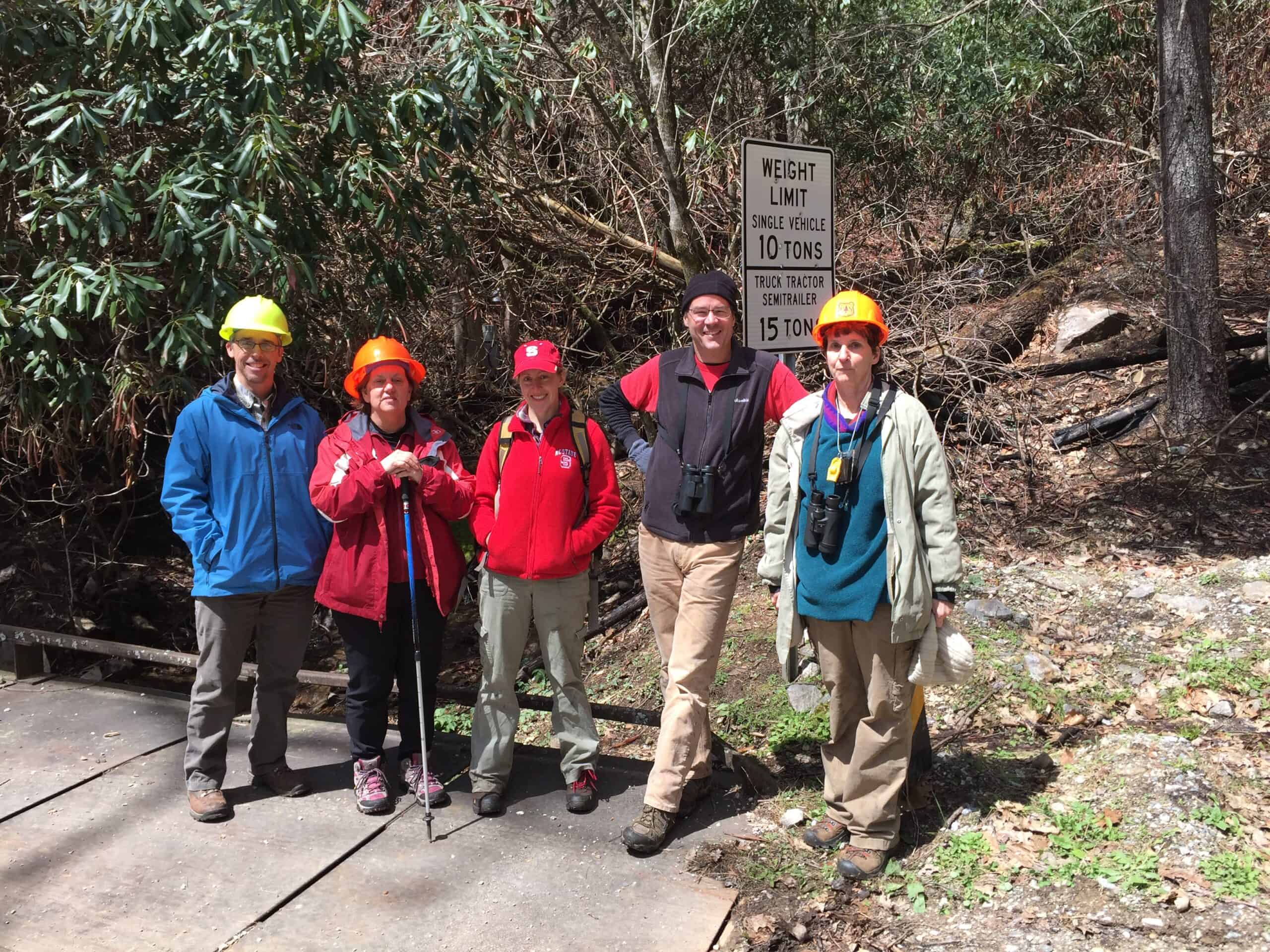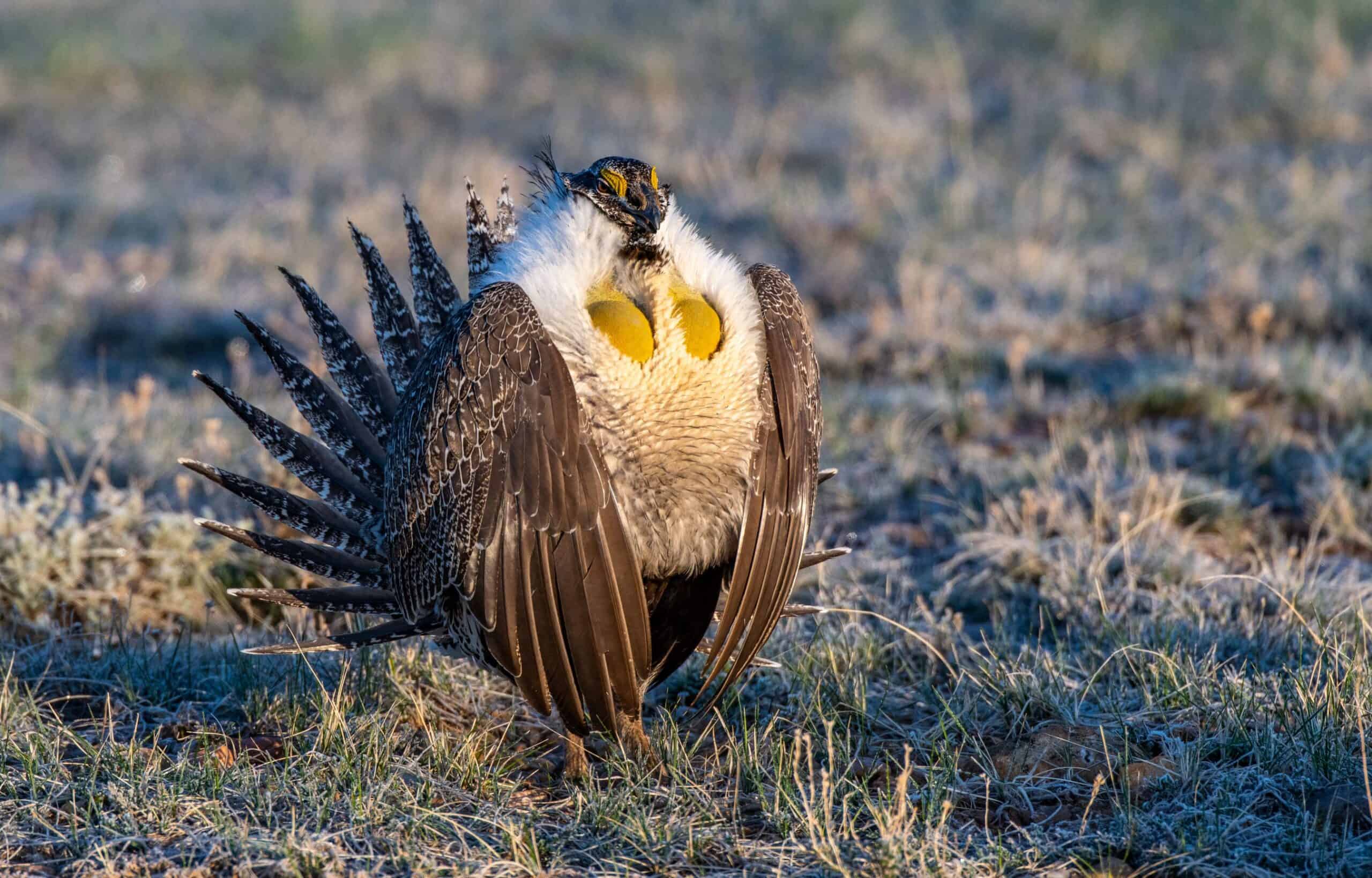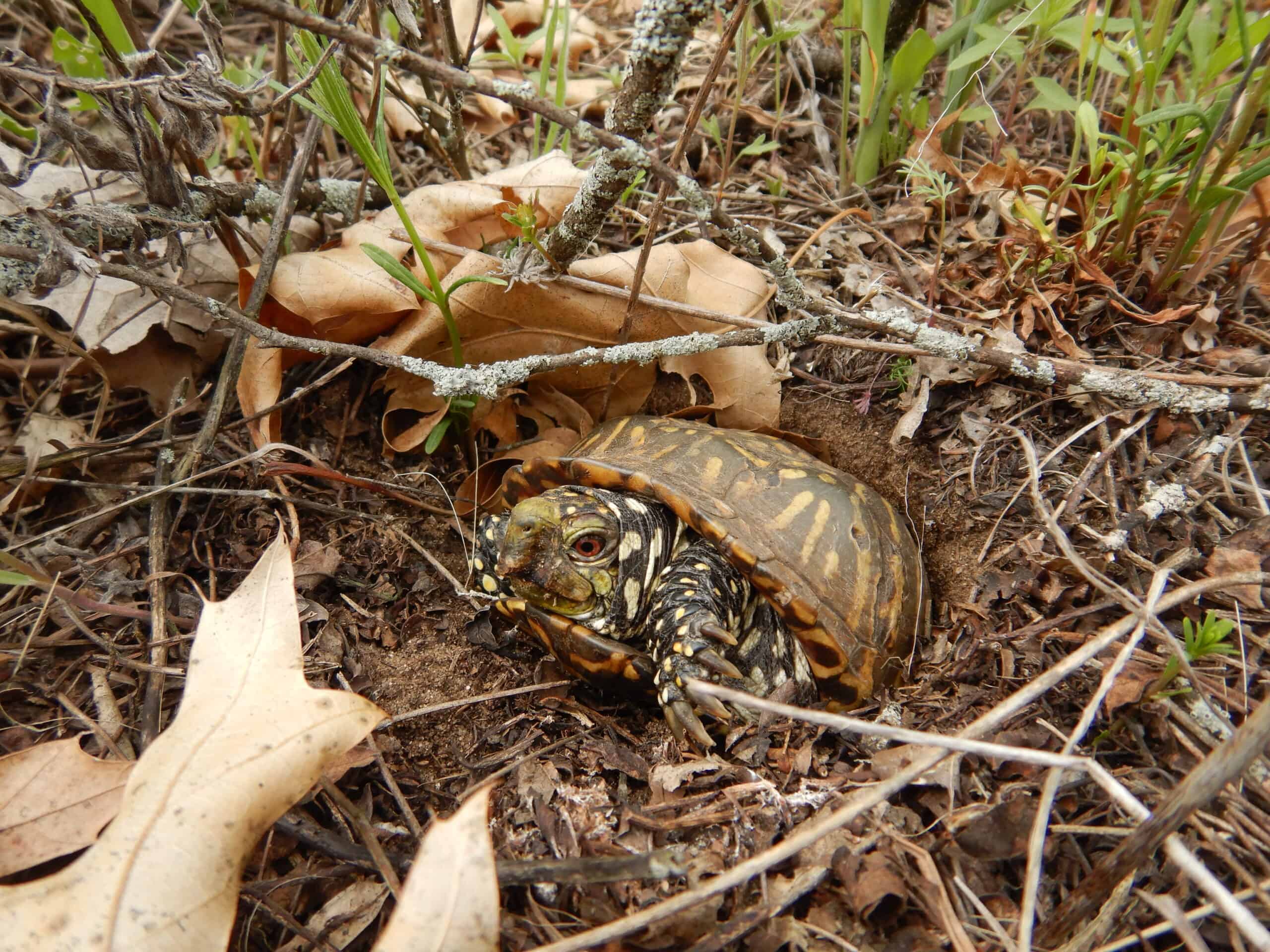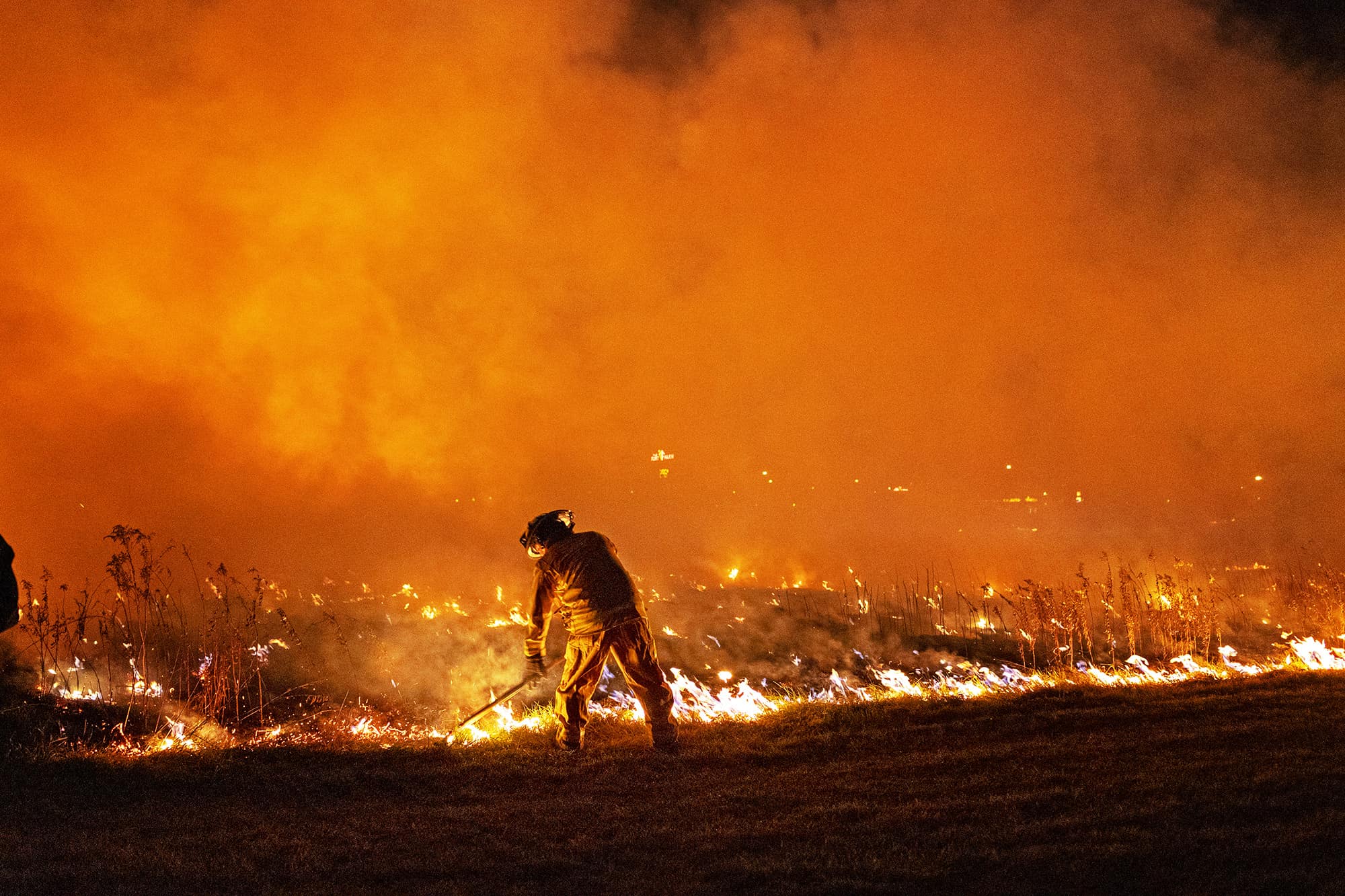Share this article
Wildlife Featured in this article
- chestnut-sided warbler
- indigo bunting
- eastern towhee
- hooded warbler
- white-breasted nuthatch
- black-and-white warbler
- Carolina chickadee
Severely burned areas benefit southern Appalachians birds
Their diversity and overall numbers climbed after a 2016 wildfire
Intense wildfires aren’t always bad—at least when it comes to the success of birds in the Appalachians.
After a severe wildfire spread through the southern Appalachian Mountains in North Carolina in 2016, researchers found that the birds weren’t just unbothered. The researchers actually documented an increase in bird abundance and diversity in areas with moderate or high fire severity.
“The wildfires that happened in 2016 were unique, and they included substantial areas of high-severity fire over a large area,” said TWS member Christopher Moorman, a professor of wildlife ecology at North Carolina State University.
When other researchers with the U.S. Forest Service started to examine how these fires affected soil and water quality, Katie Greenberg, a research ecologist with the agency, became interested in how wildlife were affected. She had studied how past disturbances—like prescribed burns, wind-caused blowdowns and shelterwood harvests—had impacted wildlife.
Greenberg led a study published in Forest Ecology and Management looking at how birds responded one to five years after the fires occurred. Focusing on areas that burned at different intensities, the research team looked at factors like tree mortality and overstory presence and compared them to adjacent unburned areas.
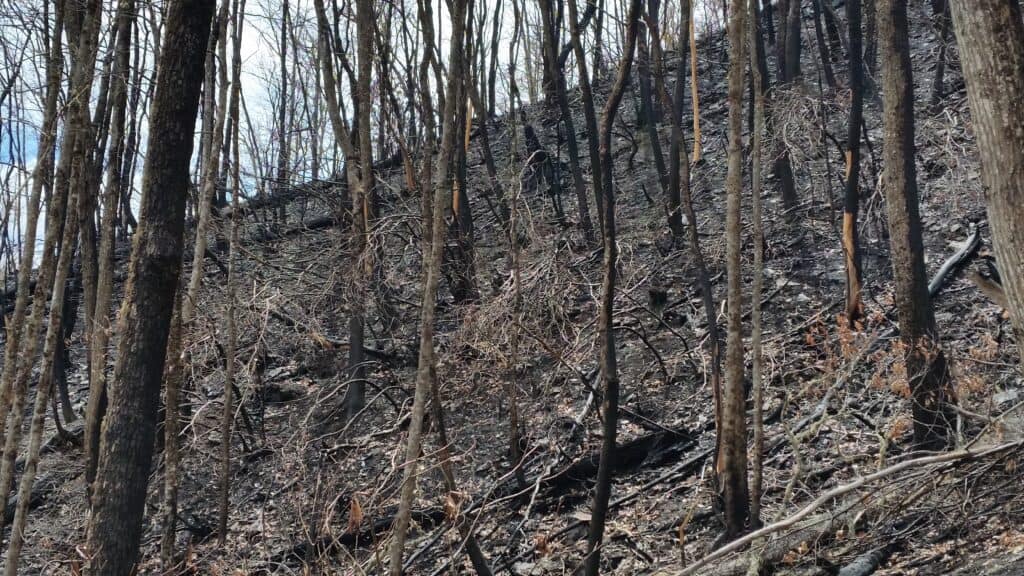
One of the study authors, Mark Hopey, then visited the plots during breeding season from one to five years post-fire and recorded any bird sightings or sounds at each. Getting to the locations wasn’t easy. “The blackberries grow up very thick, and you have to bust your way through steep and rocky terrain,” Greenberg said.
The researchers found that during this short time after the wildfires, bird diversity and numbers increased. Bird species that prefer disturbance, like chestnut-sided warblers (Setophaga pensylvanica), indigo buntings (Passerina cyanea) and eastern towhees (Pipilo erythrophthalmus), which all nest in shrubs, thrived in more severely burned areas, where the loss of trees allowed more light to reach the ground.
Other species that weren’t disturbance specialists also benefited, like the hooded warbler (Setophaga citrina), white-breasted nuthatch (Sitta carolinensis), black-and-white warbler (Mniotilta varia) and Carolina chickadee (Poecile carolinensis). These birds could be benefitting from more open woodland conditions and thriving in the dense undergrowth after the fire.
“Even though many of the species are not shrubland birds, they still benefited from the more open forest,” Moorman said.
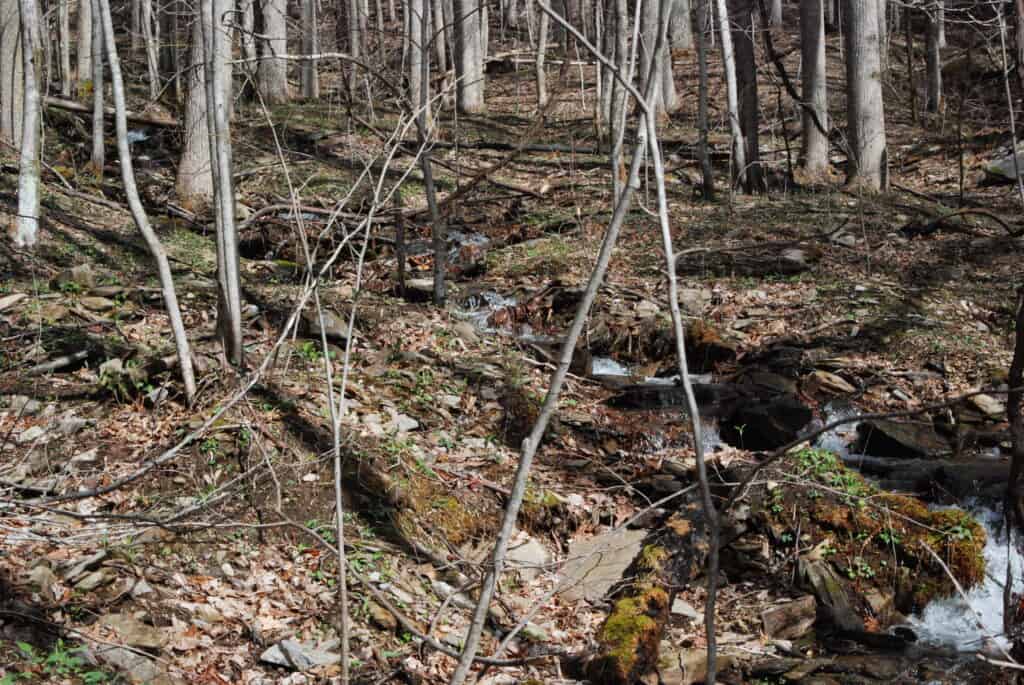
As trees died and brambles, shrubs and tree sprouts thrived, bird numbers steadily grew until by the fifth year, they had doubled in the most severely burned areas. While researchers know some birds, like ovenbirds (Seiurus aurocapilla), don’t respond well to high-severity fires and other canopy-reducing disturbances, the researchers found no species here was very negatively affected.
As climate conditions change, researchers suspect wildfires like these may become more frequent. But even though birds may benefit from them, the team worries about the dangers the severe fires might bring for human health and property. Alternative management practices like timber harvests could reduce canopy cover and benefit species in a more controlled way, they said.
“When you create canopy openings, it’s a unique environment that benefits shrubland birds, ruffed grouse, lizards and other species,” Moorman said. “You have to think about the big picture, especially when the landscape is dominated by closed-canopy forest.”
Header Image: Researchers Peter Caldwell, Katherine Elliott, Katherine Martin, Christopher Moorman and Katie Greenberg, from left to right, studied how wildfire affected birds in the Southern Appalachians. Credit: Joel Scott



